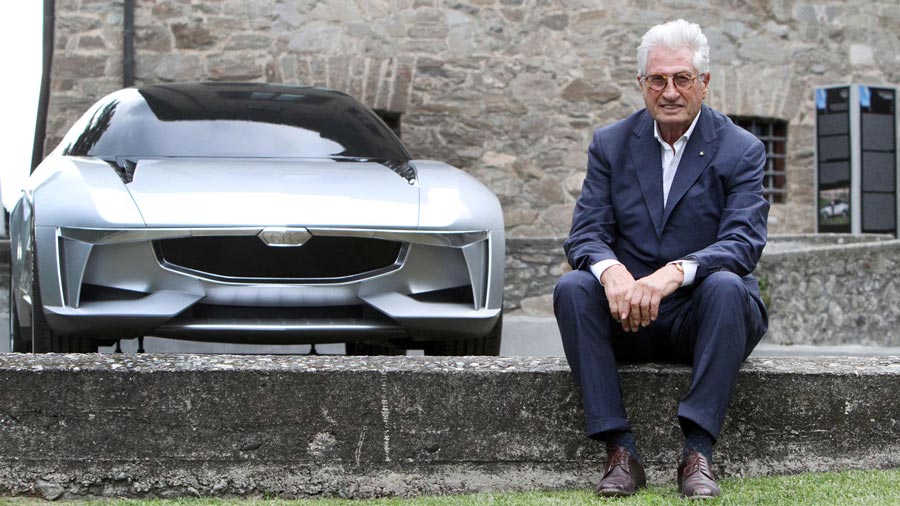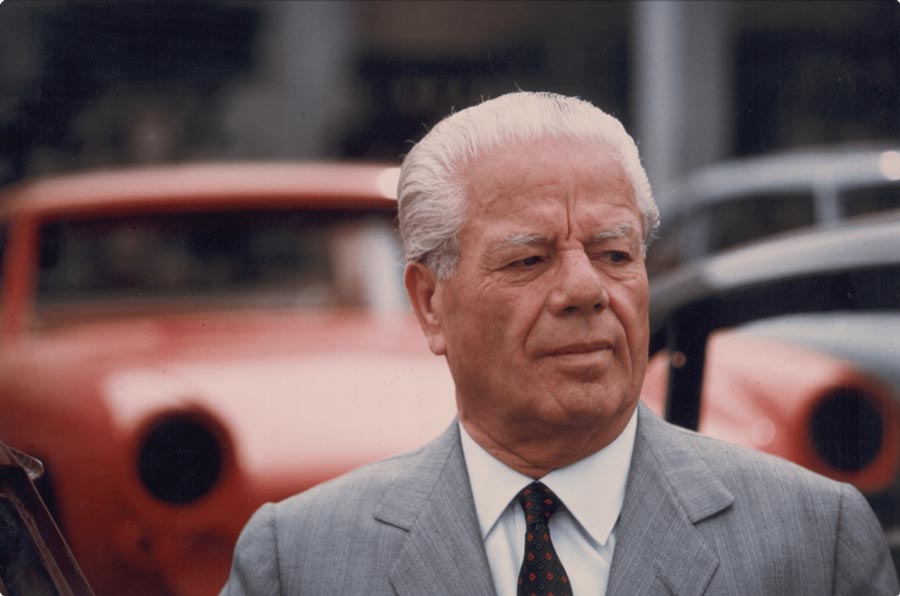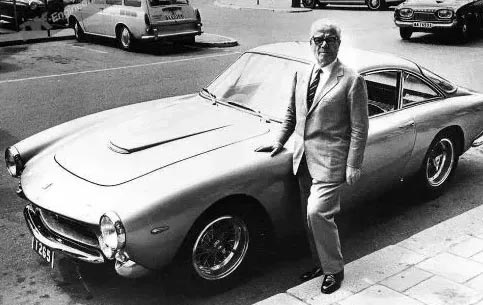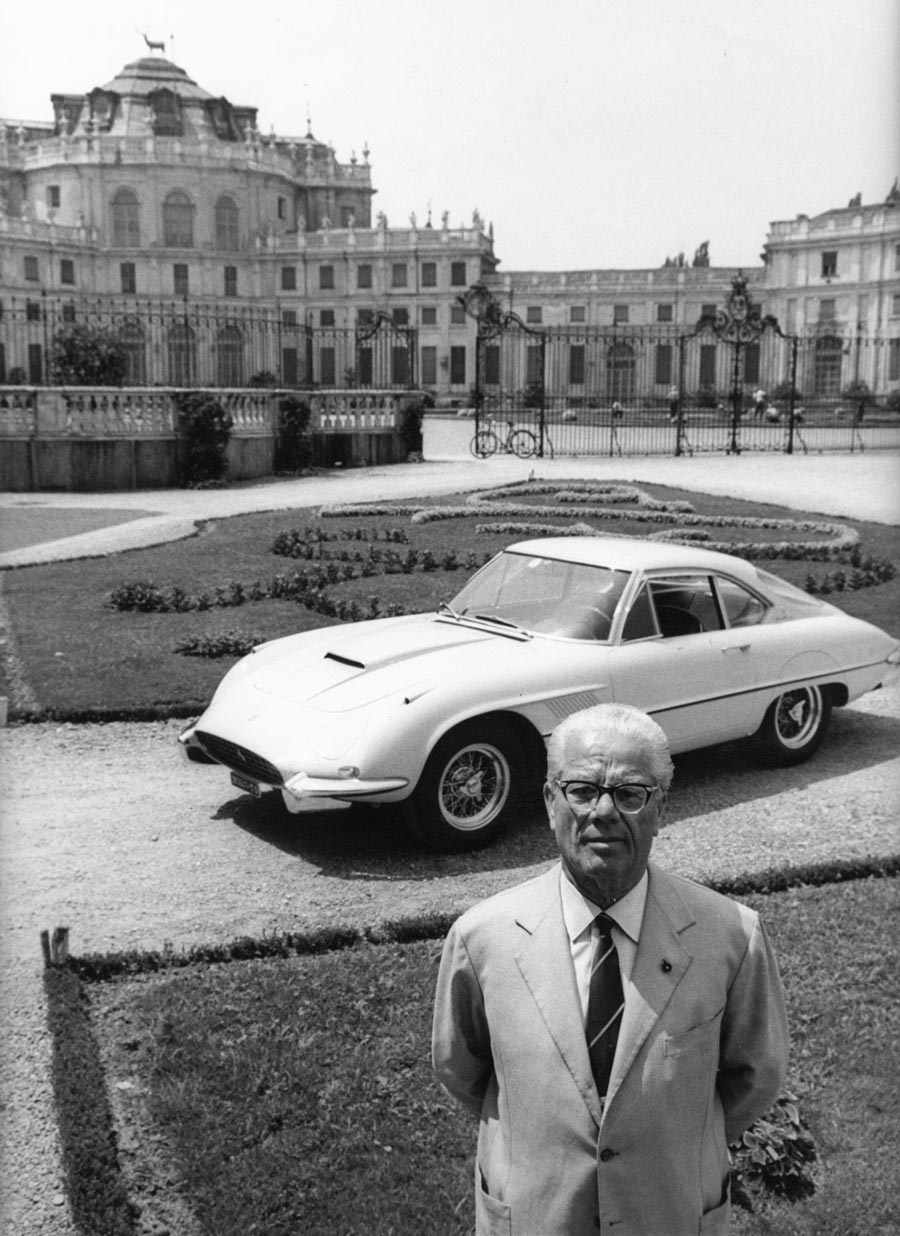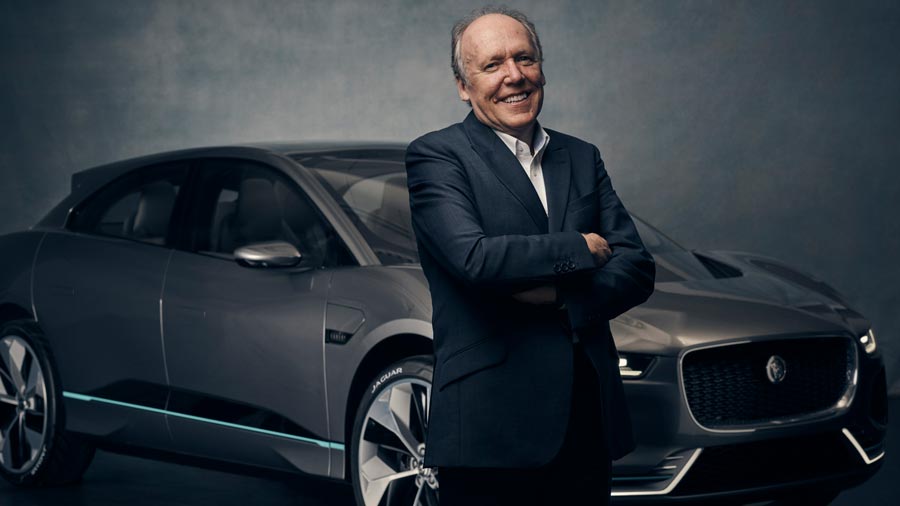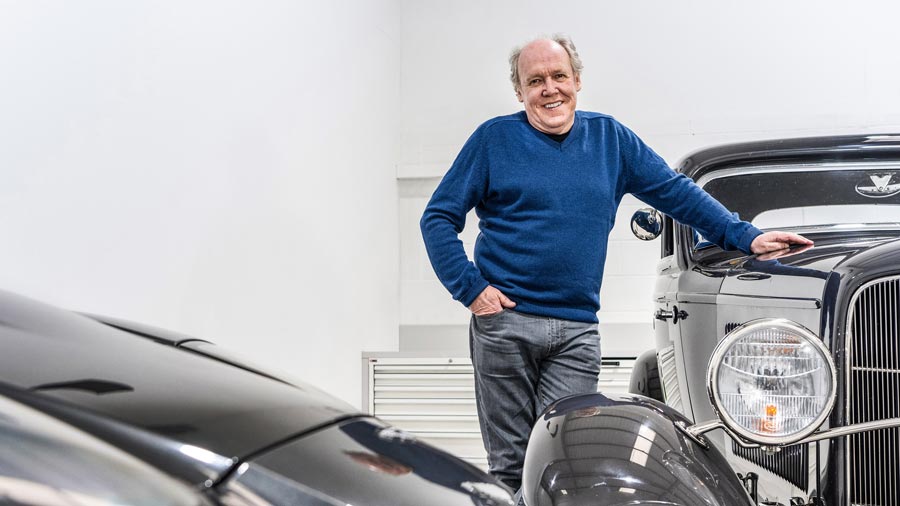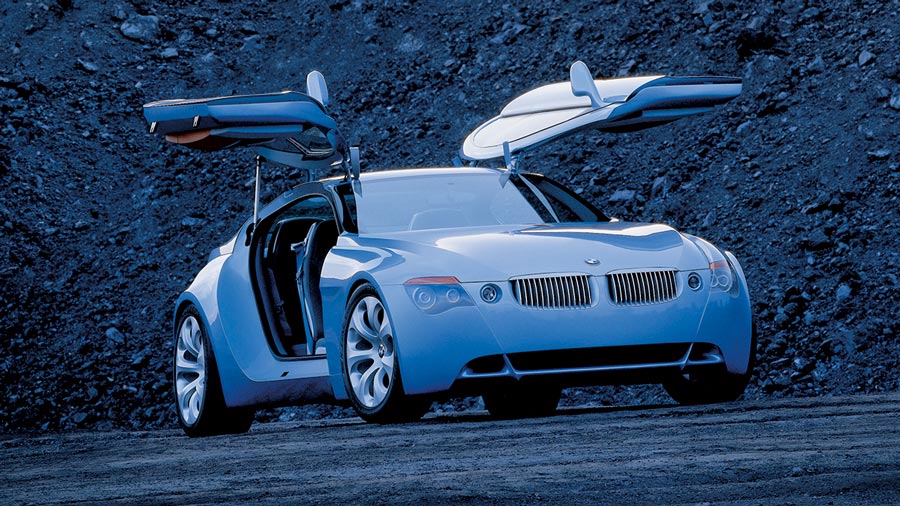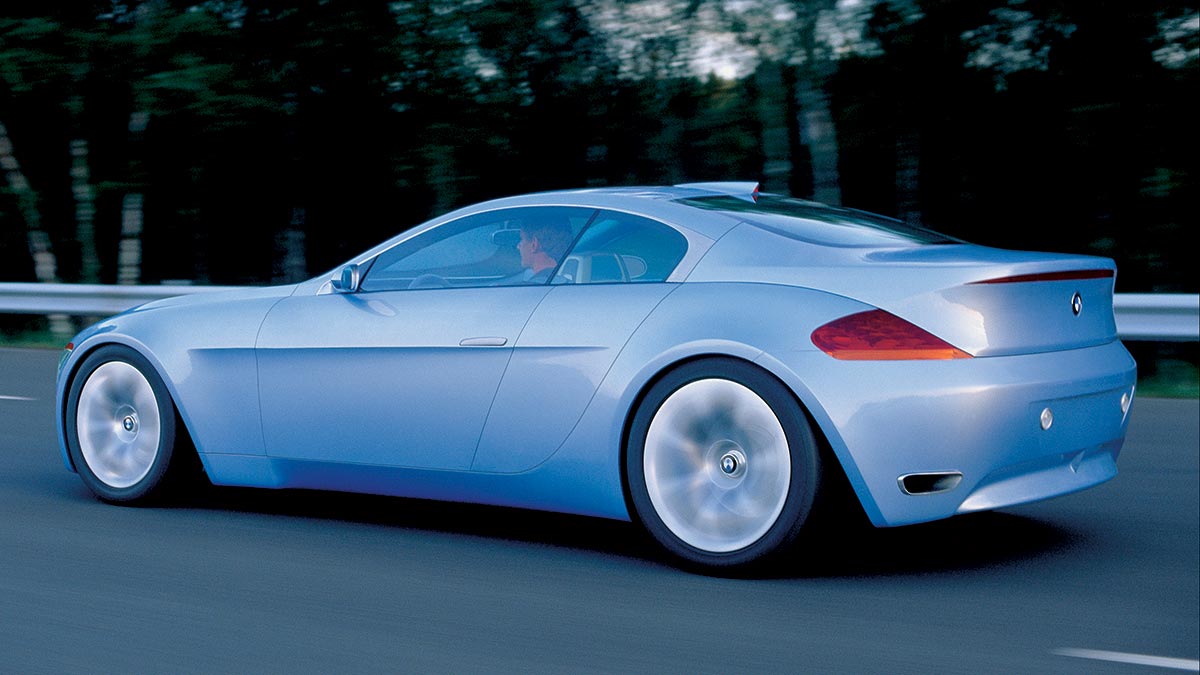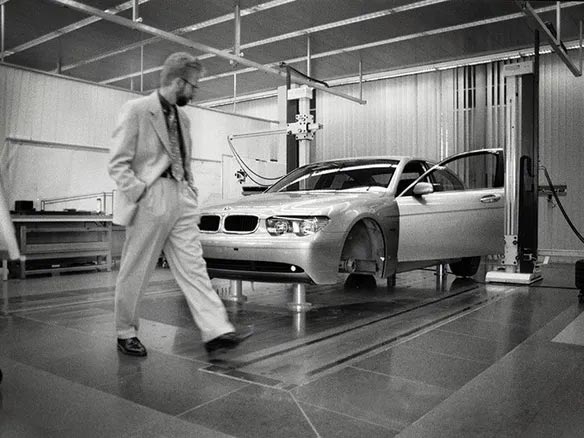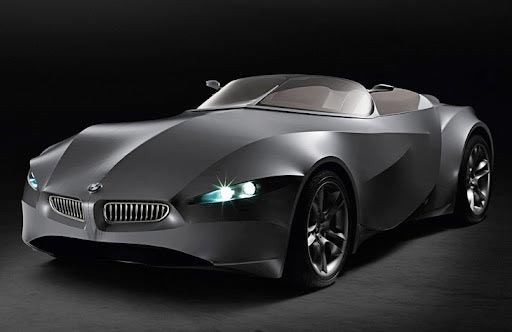Engines roared, curves danced, and innovation took the wheel. Welcome to the captivating world of Giorgetto Giugiaro, where lines on paper transformed into iconic cars that graced our roads. Buckle up as we embark on a design odyssey, tracing Giugiaro’s path from pencil sketches to automotive masterpieces.
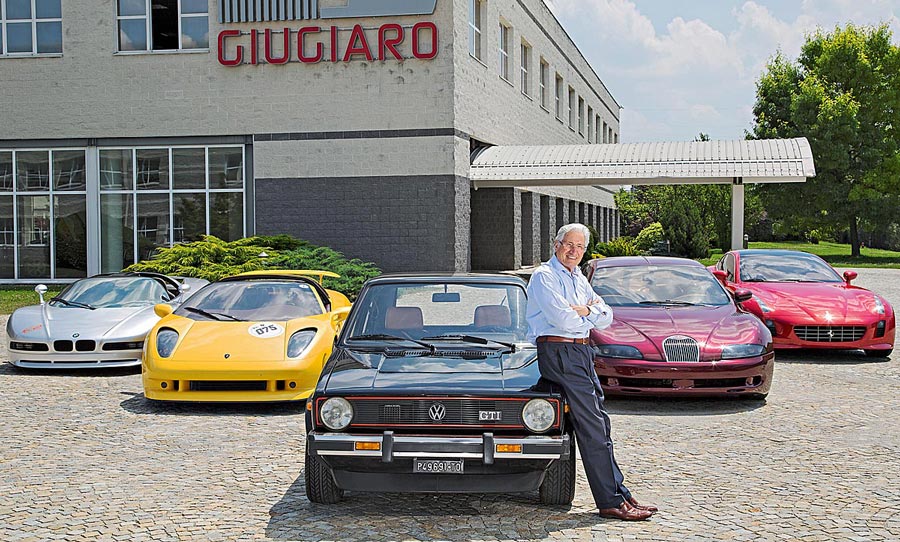
Table of Contents
- Introduction
- Early Career and Influences
- Design Evolution
- Iconic Cars by Giugiaro
- Beyond Cars: Diverse Creations
- Legacy and Recognition
1. Introduction
Giorgetto Giugiaro, an Italian automotive designer, has left an indelible mark on the world of cars. His career spans decades, and his work ranges from supercars to everyday vehicles. Let’s delve into the life and creations of this design maestro.
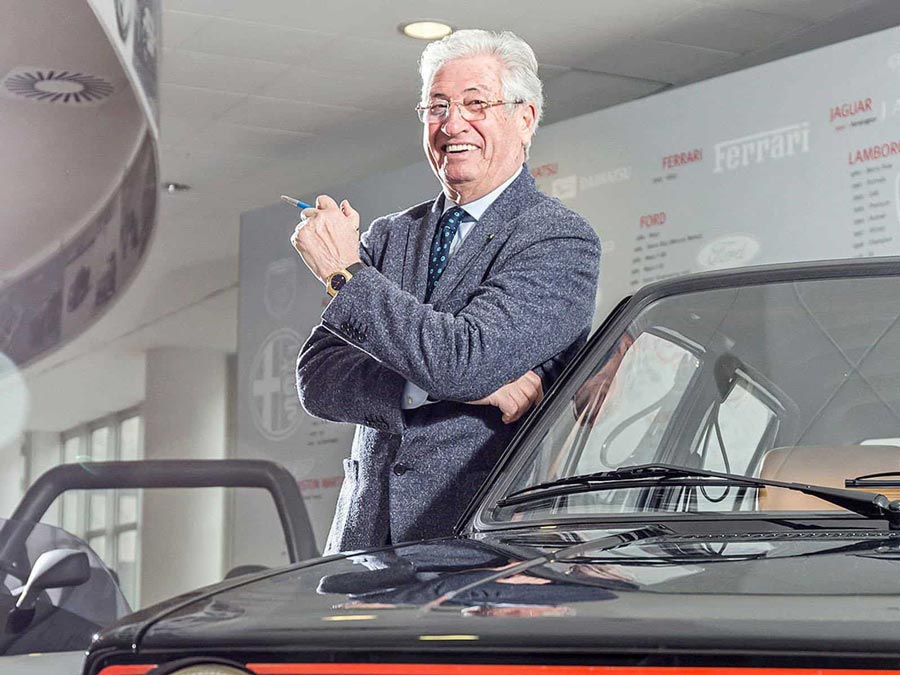
2. Early Career and Influences
Born on August 7, 1938, in Garessio, Italy, Giugiaro’s journey began with tastefully arched and curving shapes. His early designs included the Alfa Romeo 105/115 Series Coupés, the De Tomaso Mangusta, Iso Grifo, and Maserati Ghibli. These cars exuded elegance and sophistication.
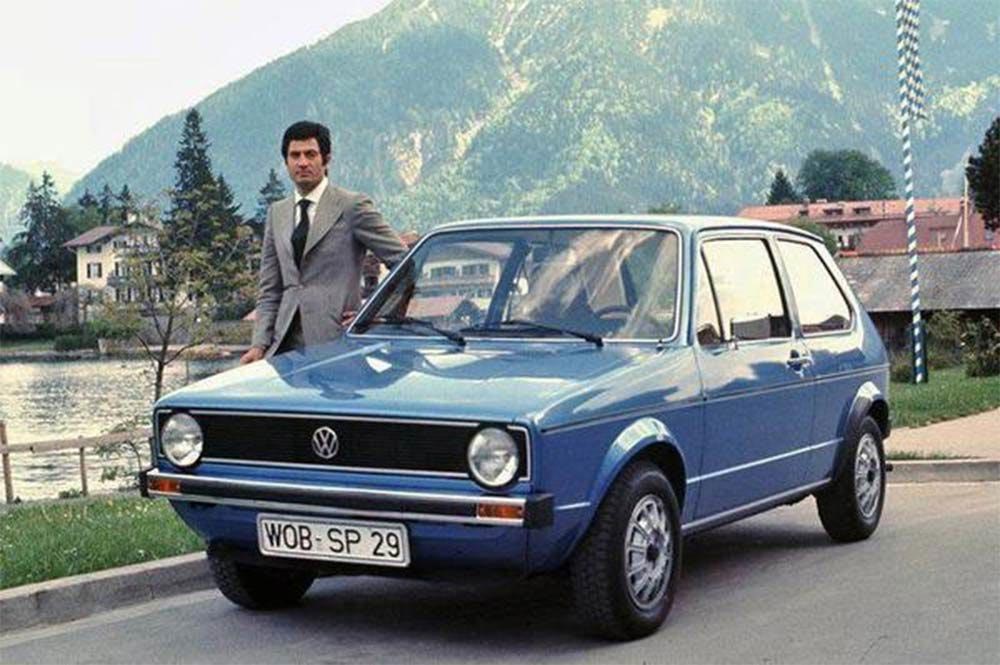
3. Design Evolution
Giugiaro’s style evolved over time. In the late 1960s, he embraced angular designs, leading to the iconic “folded paper” era of the 1970s. Straight-lined masterpieces like the BMW M1, Lotus Esprit S1, and Maserati Bora followed suit. In the 1990s, he returned to curvier forms, exemplified by the Lamborghini Calà, Maserati Spyder, and Ferrari GG50.
4. Iconic Cars by Giugiaro
- Volkswagen Golf Mk1: Perhaps his most commercially successful creation, the Golf Mk1 revolutionized compact cars.
- DMC DeLorean: The futuristic stainless steel car immortalized in the “Back to the Future” movie series.
- Lotus Esprit S1: Sleek, angular, and synonymous with James Bond.
- Maserati Quattroporte: A luxurious sports sedan that blended performance and elegance.
5. Beyond Cars: Diverse Creations
Giugiaro’s talents extended beyond automotive design:
- Camera Bodies for Nikon: His eye for aesthetics influenced camera design.
- Organ of Lausanne Cathedral: Comprising 7,000 pipes, a harmonious blend of art and music.
- New Pasta Shape “Marille”: Yes, even pasta felt his creative touch!
6. Legacy and Recognition
- Car Designer of the Century (1999): A well-deserved accolade.
- Automotive Hall of Fame (2002): Inducted for his profound impact.
- Compasso d’Oro Award (six times): His industrial design excellence celebrated.
Giorgetto Giugiaro’s legacy transcends cars; it’s a symphony of form, function, and innovation. His designs continue to inspire generations of creators. So, next time you admire a sleek automobile or capture a moment with your camera, remember the maestro behind the scenes: Giorgetto Giugiaro.
